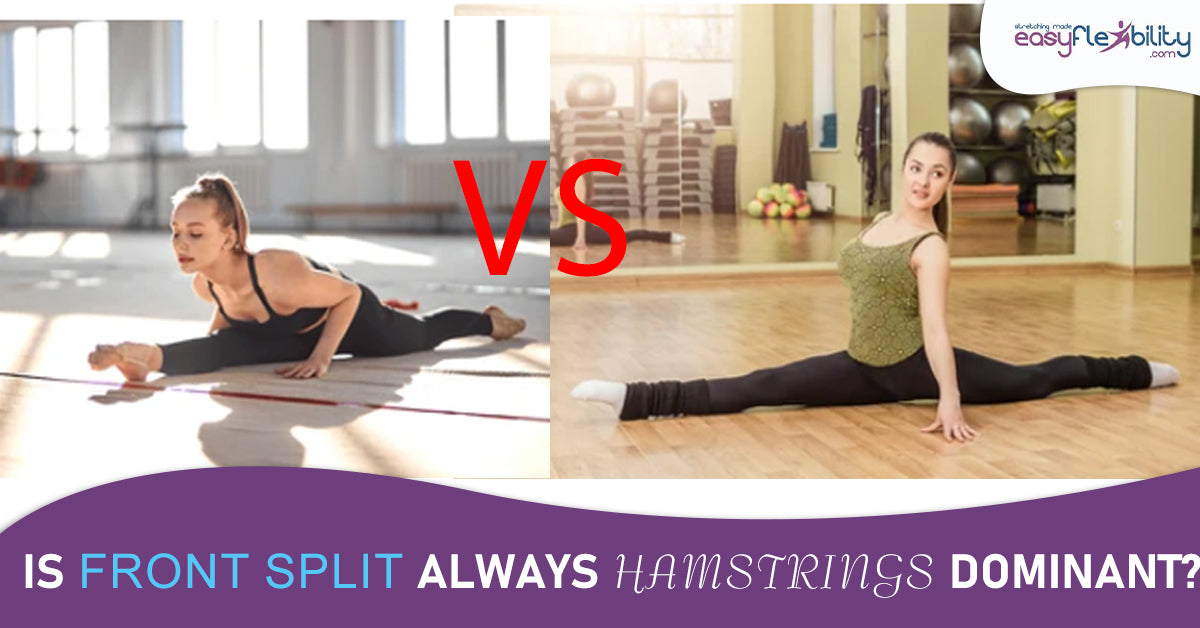Extendend Length Conditioning - When To Do It
Posted by Paul Zaichik on

Extended Length Conditioning is an EasyFlexibility/ElasticSteel concept. This concept is found in most routines and is used to support the ZST (Zaichik Stretching Technique).
Thus ELC techniques are grouped together with:
- Reciprocal Inhibition,
- Antagonist Short Length Conditioning,
- Peripheral Conditioning
- and other as Supporting Exercises.

Benefits of Supporting Exercises
All supporting exercises help to retain the flexibility developed by Zaichik Stretching Technique. Besides that, ELC and other supporting exercises,
- increase the speed of flexibility gains,
- prevent injury
- and promote a carryover of newly developed flexibility into target skills.

What is Extended Length Conditioning
An Extended Length Conditioning technique takes a muscle from it’s outermost range into it’s normal range and sometimes into it’s short range. However the focus is on the deep (outermost) range.
- In an ideal situation, ELC conditioning exercises are spliced in between the stretching. For example Hamstrings Stretch, ELC for the Hamstrings, Deeper Hamstrings Stretch, ELC for the Hamstrings.
- If this is not possible then ELC should follow the stretching session. The reason for this is because ELC should be performed in newly established range, to accustom the body to those ranges.

This will allow the muscles to be stronger in the deep ranges, which will protect the muscles from injury. In return, the nervous system is more comfortable in allowing the joint to move deeper without triggering a stretch reflex.
You can learn more in advance by checking out the Extended Length Conditioning for Lower Body program by clicking on the picture below:

© ElasticSteel Corp., EasyFlexibility, Paul Zaichik, et. El., 2022. No part of the materials available through ElasticSteel.com, EasyFlexiiblity.com, site may be copied, photocopied, reproduced, translated or reduced to any electronic medium or machine-readable form, in whole or in part, without prior written consent of Paul Zaichik EasyFlexibility.com, Elasticsteel.com.. Any other reproduction in any form without the permission of Paul Zaichik EasyFlexibility.com, Elasticsteel.com is prohibited. All materials contained on this site are protected by United States copyright law and may not be reproduced, distributed, transmitted, displayed, published or broadcast without the prior written permission of Paul Zaichik, EasyFlexibility.com, Elasticsteel.com.
Share this post
0 comment








